You may be surprised to learn that your dogs’ eating habits change season to season. If your dog starts to eat less in summer, you would be forgiven for thinking they have become ‘fussy’. We also have some heatwave advice for you to help keep dogs happy when it is hot.
However, changes in eating patterns seasonally are perfectly normal and you should not worry as long as you keep an eye on your dog’s body condition and health.
During periods of heat, it is actually good for dogs to go through a short fast which is a form of natural self-regulation.
Always make sure your dog always stay hydrated. Monitor how much water they are drinking each day and keep a look out for a dry nose, thick saliva and/or tacky gums.
Should they have diarrhoea, vomiting and/or lethargy consult your vet straight away.
If your dog seems to be dehydrated or reluctant to drink, then you can encourage them by adding some healthy bone broth to their water.
Keep an eye on your dog’s body condition during hot weather and if you are concerned or they are reluctant to eat or drink, please do get them checked out by the vet as soon as possible.
Dog fans, cooling mats and sources of water
One of the best ways to keep your dog’s cool is to place a fan on the floor. You will most likely find that they gravitate towards it and position themselves in the draft. We really like USB rechargeable fans or a Total Cool evaporative air cooler.
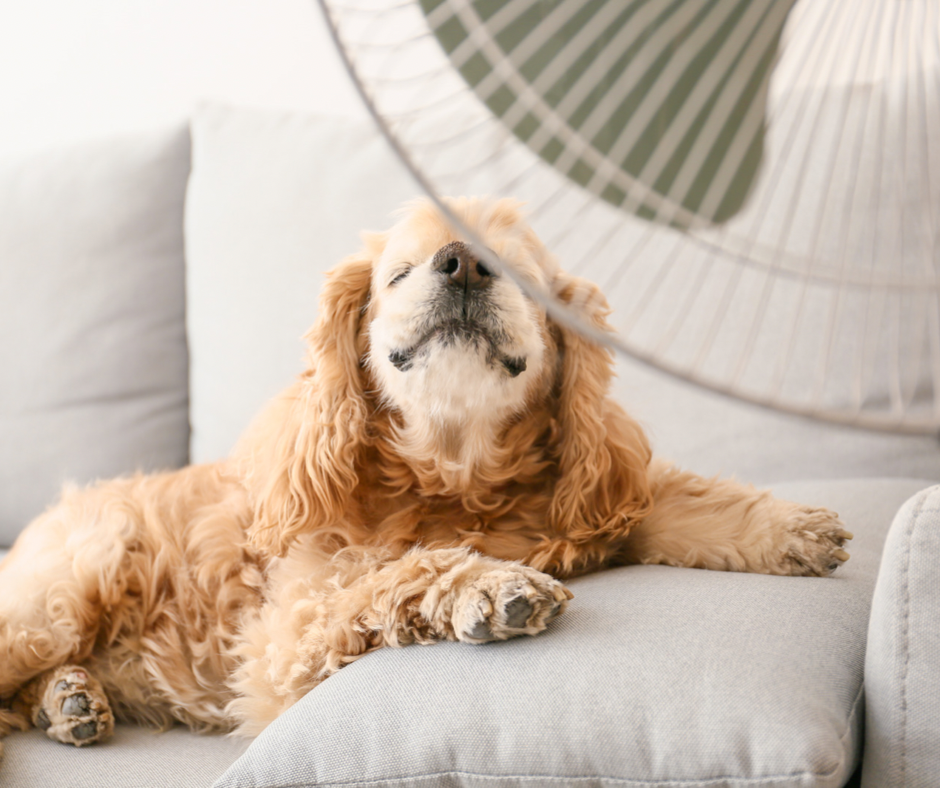
Remember to make sure that the dog has the choice between staying in the draft of the fan or moving out of it themselves if they feel too cold.
Tiled floors, cooling mat and raised mesh beds can all be great places for your dogs to lie. Some outdoor dogs even dig a hole in the shade of a tree to access the cooler soil beneath.
Even something as simple as lying a ringing wet towel on a hard floor can provide a great place your dog can take itself to cool down.
If you want to help your dog to cool down, use a damp sponge to wet their ears (inside and out), head, armpits, belly, inside of back legs and paws. This coupled with a fan can visibly provide a lot of relief! Never use ice or very cold water as this can cause shock.
Dogs may become more placid and move around less
When temperatures rise, your pet may become less active. They do this as a way of helping themselves keep cool.
Dog’s will probably prefer to laze indoors or in the shade and by moving around less they use less energy and produce less heat (thermogenesis) from their skeletal muscles.
They therefore will need less energy in the form of food and calories during the hot summer days. Reduced appetite at this time is completely normal.
Hormonal changes in dogs
Particularly between June and August, increased daylight and higher temperatures cause hormonal changes in your dog. This results in a slower metabolism, where they naturally digest their food slower influencing the volume of their food intake.
These hormonal changes result in decreased food seeking behaviour and shifts in cellular metabolism. Seasons naturally affect your dog’s appetite and is usually nothing to worry about.
Top tips on how to feed your pet during the summer
- Feed early in the morning or later in the evening when it is cooler
- Ensure where you feed your pet is cool and shaded
- Follow your pet´s appetite level and decrease/increase as required
- Feed the food at room temperature between 18°C and 22°C
- Add some water to their food to help keep them hydrated
- Create a calm environment
Don’t worry if your dog doesn’t eat in their normal routine. When it’s hot, we generally don’t want a hearty stew and opt for a light salad. We may only eat at cooler times of the day too such as late in the evening so remember, it is perfectly normal for your dog to do this too.
Early mornings and late evenings is generally a good time to feed your dog when it is cooler. Dogs, in particular, may just want to snack in the day and eat their meal once a day in the evening.
Did you know that digesting food produces heat? Some of the calories in the food you eat are used to digest, absorb, metabolize, and store the remaining food, and some are burned off as heat. This process is called diet-induced thermogenesis (DIT), specific dynamic action (SDA), or thermic effect of food (TEF).
The term thermogenesis comes from the Greek work thermos for heat. During digestion, heat is a primary product of metabolism as a direct response to a meal. Diet-induced thermogenesis is widely known in nutritional science as a component of regulating whole body temperature and balance.
What fruit can dogs eat?
Fruit are an excellent treat for your dog in summer.
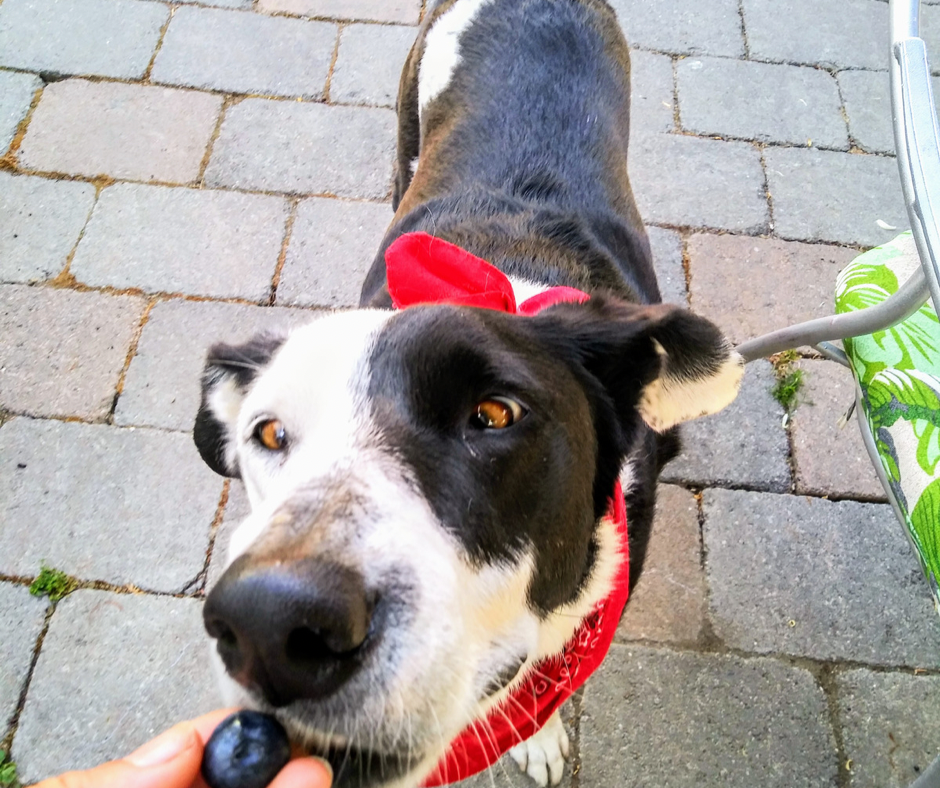
Fruit either fresh or frozen can provide a refreshing treat when its hot. Did you know that there are many fruit that dogs can eat? Why not spend these hot days doing ‘taste tests’ to find out which fruits your pooch likes.
As long as there are no intolerances, some fruits can benefit dogs by:
- Providing antioxidants
- Strengthening their immune system
- Reducing inflammation
- Aiding digestion
- Improving their skin and coat
If you are not sure what your dog can tolerate, please consult your vet or a canine dietitian for advice.
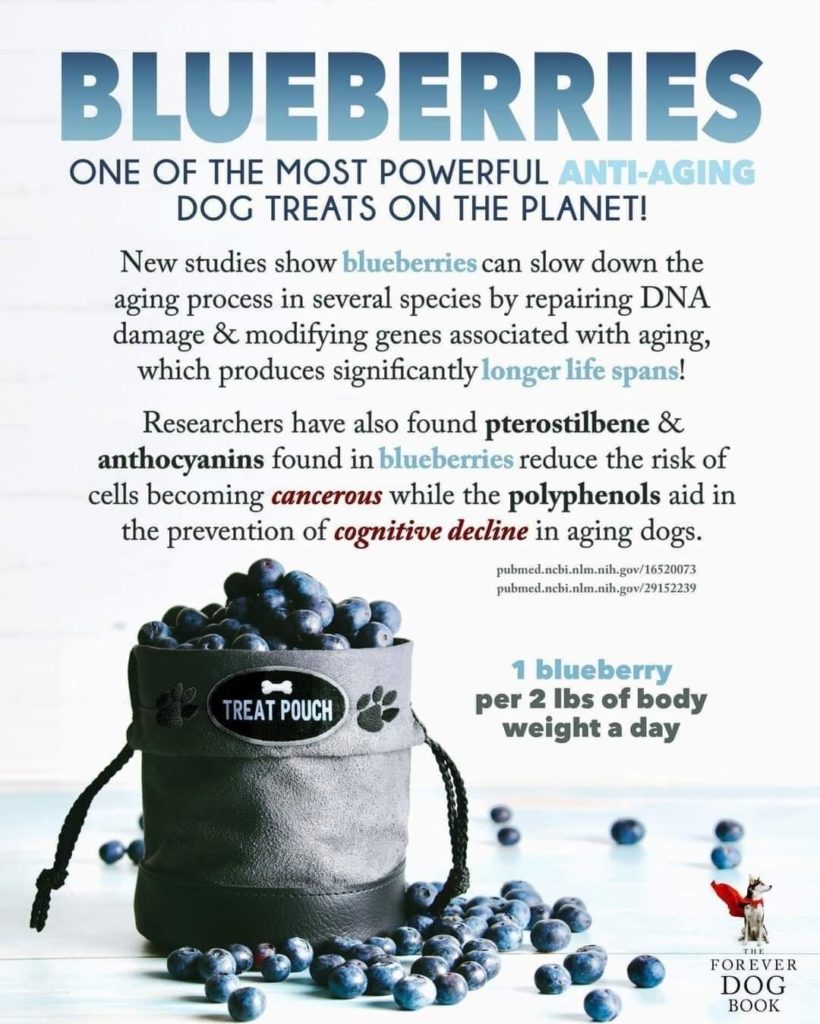
Here are fruit that you can feed your dog:
- Pineapple
- Pumpkin
- Pear
- Apples (without the seeds)
- Mango
- Banana
- Blueberries
- Cucumber
- Cantaloupe melon
- Coconut
- Peaches (remove stone)
- Raspberries
- Strawberries
- Watermelon
- Cranberries
- Nectarine (remove stone)
- Oranges
- Blackberries
- Apricots (remove stone)
- Kiwi
Scentwork games for dogs are an excellent way to occupy them during hot days
So when its hot, its ok not to take your dog for a walk. In fact, it could actually be dangerous to take them out. Instead, why not try some awesome scentwork games which you can do in the house or out in the garden.
Scentwork is super fun for both you and your dog an provides a fantastic outlet for them. It is much better than physical exercise and mentally drains them instead – so ideal for hot days!
Have you tried:
The sausage hunt
The cheese tree
Lights out!
For instructions on the above scentwork games have a look at our blog ‘5 fun scentwork games for the home and garden’.
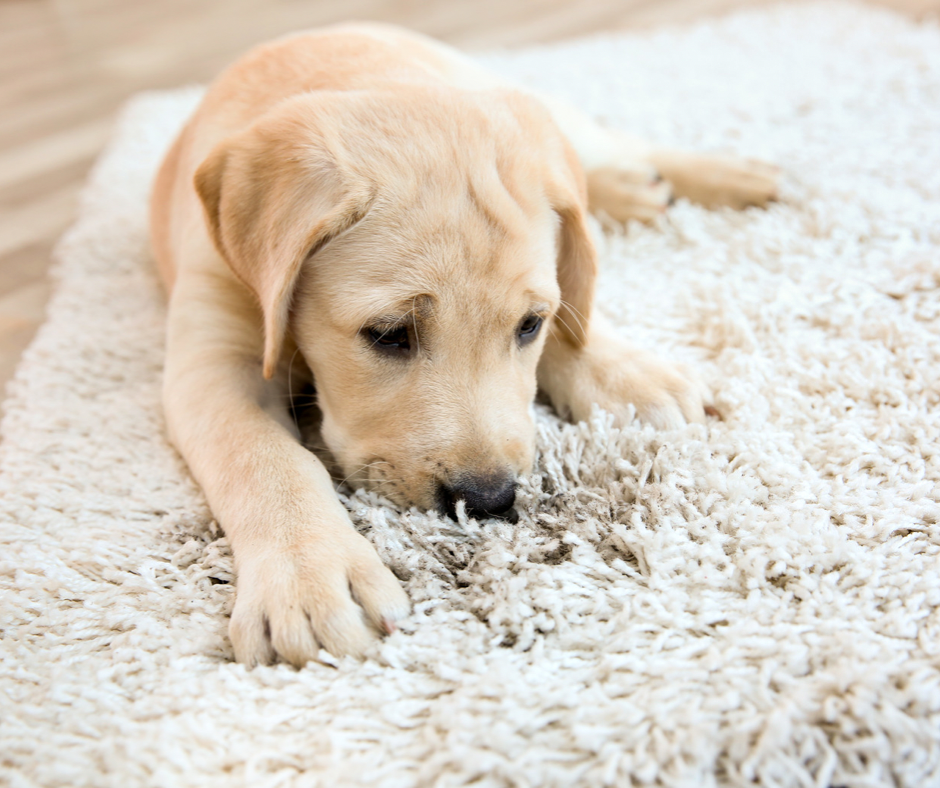
FREQUENTLY ASKED QUESTIONS
Where is it best to wet a dog in order to cool them down?
Pour room temperature water over your dogs body, making sure your lift the hair with your hand so the water gets right to the skin. Wetting ear flaps, face, armpits, the belly and paw pads can provide excellent relief.
Most of a dog’s sweat glands are in their paws, which is why you might notice damp paw prints on the ground during particularly hot days so cooling these down will help lower their body temperature.
Do dogs sweat?
Yes but they only have specific areas on their body that their sweat glands are located.
Do dogs sweat under their armpits?
Though it may be easy to assume a dog sweats from the armpits like people do, there are no sweat glands located in a dog’s underarms. They do have glands in that area, but they are the glands that secrete pheromones for identification purposes, not sweat and moisture for cooling purposes.
What types of secretory glands related to cooling do dogs have?
Dogs have four glands which produce fluid which help with the body’s cooling system. These glands are called the merocrine gland, apocrine glands, lateral nasal glands and salivary glands.
Apocrine glands, located in the armpits and genital area, secrete a thick fluid that releases an odour when it mixes with bacteria on the skin’s surface.
Mecrocrine glands are found in dogs paw pads and function similarly to human sweat glands. Odourless water is excreted that evaporates and aids with heat loss.
The lateral nasal gland is located in the dog’s nose and functions analogously to that of the sweat glands. Each gland drains water through a single duct which opens about 2 centimeters inside the opening of the nostril. They provide a large part of the water for evaporative cooling in the panting dog.
For example, the rate of secretion from one gland increased from 0 to an average of 9.6 g (gland . hour)(-1) as air temperature was increased from 10 degrees to 50 degrees centigrade. Thus keeping your dog hydrated is essential for the cooling systems to function efficiently.
The salivary glands primary function in dogs is lubrication of food and protection of the oral mucosa. Saliva also has antimicrobial properties and aids evaporative heat loss during panting.
What are the signs of heatstroke in dogs?
- Excessive panting
- Increased heart rate
- Confusion or disorientation
- Vomiting or diarrhea
- Bright red gums
- Body temperature higher than 40° C
- Collapse, seizure, or coma
What to do if your dog has heatstroke?
- Get your dog out of the heat immediately.
- Start to cool the dog down with running tap water, do not use ice.
- Contact your vet immediately.
- Do not cover your pet with a wet towel as this will trap the heat in.
- Follow Veterinary advice over the phone.
- Veterinary treatment is critical, should be carried out urgently and if not followed, could be fatal.
Instead of walking my dog, what else can I do with it during hot weather?
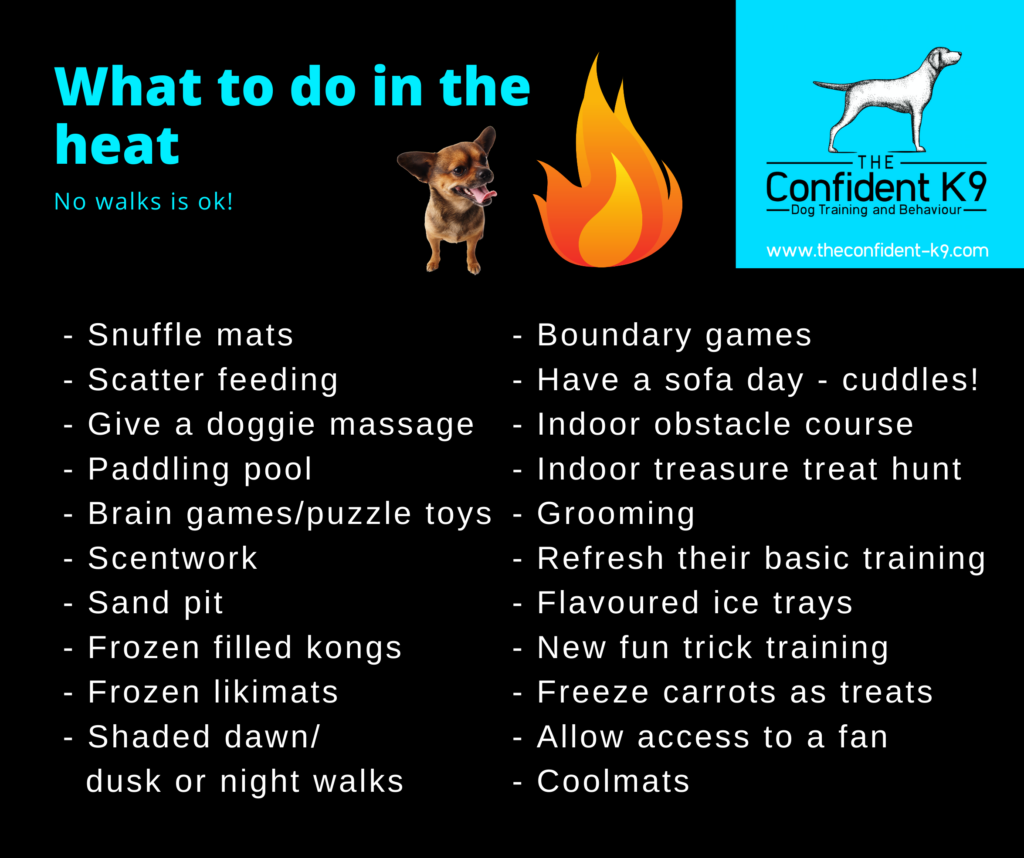
Need some inspiration? Give us a call and we can set up a Zoom session purely for fun trick training and hot weather friendly exercises for you and your dog.
MYTH BUSTER
We honestly can’t believe what we hear sometimes. Here are two things you should never do!
- Apparently squirting lemon juice at the back of your dogs throat helps break down mucus and therefore helps dogs to cool down when they are hot. FALSE.
- Apparently if your dog is hot or has heatstroke, inserting ice cubes into its rectum cools it down. FALSE.
- Apparently covering an over heated dog or a dog suffering with heatstroke with loads of iced water helps cool it down quicker. FALSE.
Remember – its ok not to walk your dog!
No walks is better than a dangerous walk

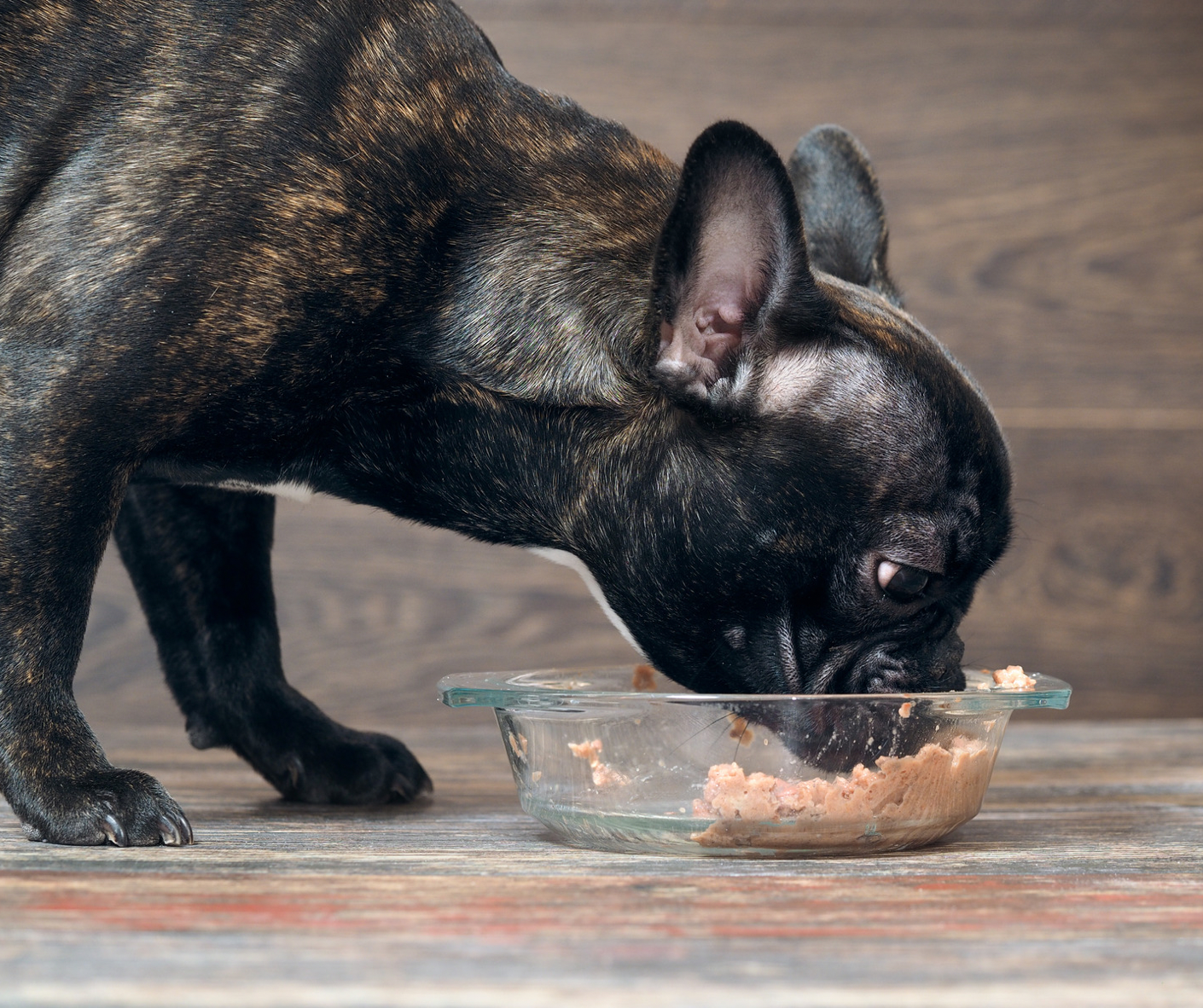






Comments are closed